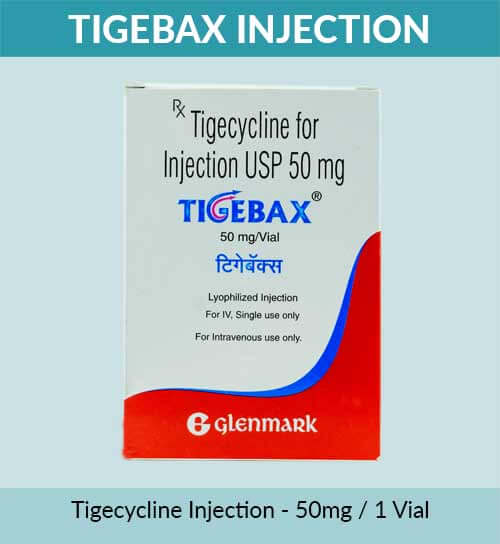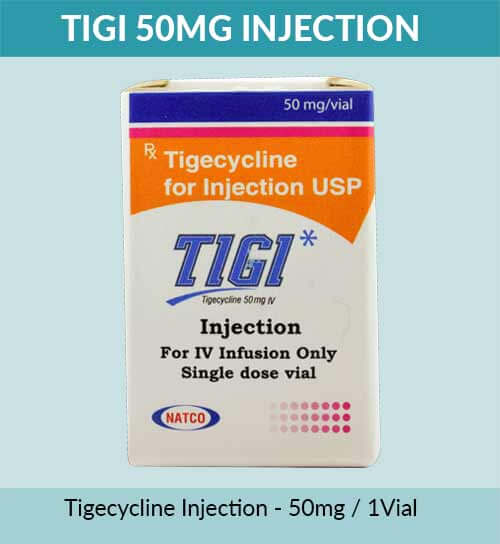Tigecycline
Tigecycline is a broad-spectrum antibiotic used to treat various bacterial infections. It belongs to the class of drugs called glycylcyclines, which are derivatives of tetracyclines.
Tigecycline works by inhibiting the protein synthesis process in bacteria, thereby preventing their growth and replication. It is effective against a wide range of bacteria, including multidrug-resistant strains such as methicillin-resistant Staphylococcus aureus (MRSA) and extended-spectrum beta-lactamase (ESBL)-producing bacteria.
This antibiotic is commonly used to treat complicated skin and skin structure infections, intra-abdominal infections, and community-acquired pneumonia when other treatment options are limited. It is administered intravenously, usually as a loading dose followed by maintenance doses.
It is important to note that tigecycline is not recommended for the treatment of bloodstream infections or infections caused by gram-negative bacteria. It is generally reserved for situations where other antibiotics have failed or are not suitable due to resistance patterns.
Tigecycline is generally well-tolerated, but common side effects may include nausea, vomiting, diarrhea, and abdominal pain. It may also cause an increased risk of developing antibiotic-associated diarrhea and the overgrowth of resistant bacteria.
As with any antibiotic, the appropriate use of tigecycline is crucial to prevent the development of resistance. It should be used judiciously, taking into consideration the specific bacterial infection, susceptibility patterns, and individual patient factors.
In conclusion, tigecycline is a valuable antibiotic option for the treatment of certain complicated infections caused by susceptible bacteria, particularly those that are resistant to other antibiotics. Its use should be guided by careful consideration of the infection type, local resistance patterns, and potential side effects. Proper stewardship of this antibiotic is essential to preserve its effectiveness in the face of increasing antibiotic resistance.


